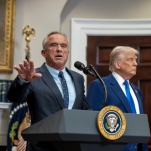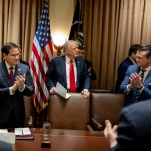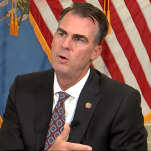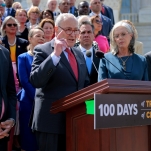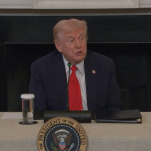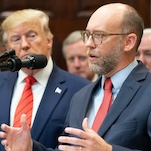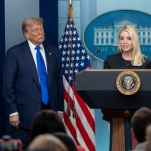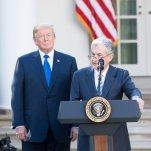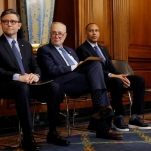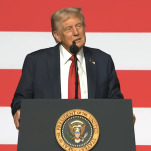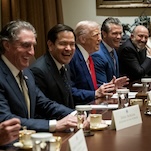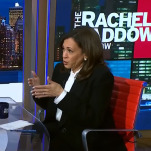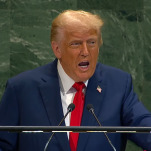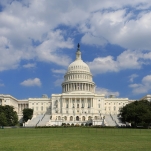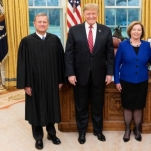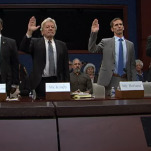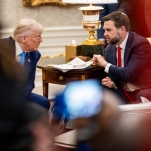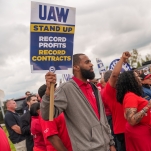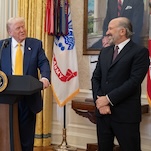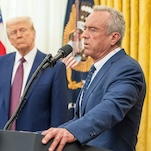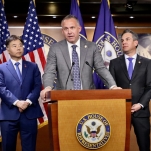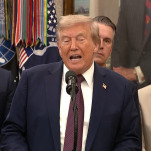Kamala Harris Finally Details What She Means by ‘A New Way Forward’
Photo by Scott Olson/Getty Images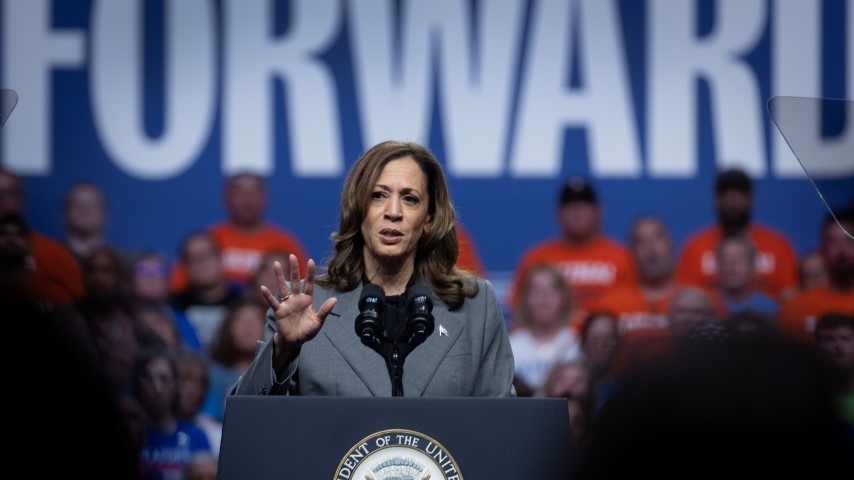
It is understandable to be dismayed at the different standards applied to Democratic policy and Republican policy. Trump can be the most incoherent man on the planet with plans that Wall Street traders are literally betting on creating two of the three conditions for stagflation, the worst thing that can happen to an economy, but Kamala Harris has largely been the candidate knocked for a relative lack of policy specifics in her vibes-based campaign. It shows up consistently in the polls with undecided voters saying that they don’t know enough about what she plans to do with her power should she win.
Kamala Harris released a 76-page policy platform yesterday that should answer a lot of people’s questions, while still raising some more. It is another demonstration of the tightrope she is trying to walk where she tries to keep the policy-motivated portion of the Democratic base engaged while appealing to independents and running as the most generic Democrat who ever generically Democrated every time she steps into public.
But thankfully, this policy document contains details that shine a much bigger light on what she plans to do with her power, and a lot of it is good, but it is very much the classic kind of Democratic policymaking that largely works around the edges of problems instead of addressing them head-on. There is no Great Society or New Deal or even Inflation Reduction Act in this platform to be found. Kamala Harris mostly just wants to give America an avalanche of tax cuts and credits in the hope that it will continue to grow the pie, but in a more equitable manner. Here’s how she plans to do it.
Actual Support for Families
The overall theme of Harris’s platform is either to do things that have worked in the past or pick up the pieces of Biden’s platform that did not pass through Congress. While this is not as robust and broad-based a policy vision as Biden’s Inflation Reduction Act, it does follow in its footsteps of trying to invest in a middle-out economy.
If elected president, Kamala Harris would “restor[e] the Expanded Child Tax Credit to up to $3,600 to help more than 100 million Americans.” This is the same figure that Biden established in a temporary program during the pandemic that is one of the most successful in human history. It cut child poverty nearly in half, and Congress letting it expire after this immense success is one of the greatest examples of the American government’s true value system you will ever see. This gigantic killing machine is designed for the wealth class, not poor kids.
And Kamala Harris wants to change that to some degree by restoring one of the most effective policies this country has ever created. She also has proposed a new $6,000 tax cut for “middle-income and low-income families for the first year of their child’s life,” and she wants to expand the Earned Income Tax Credit for middle- and low-income couples who do not have kids to “cut their taxes by up to $1,500.” This suite of tax cuts and credits would do a lot to help a lot of people.
She also says she will “fight for affordable, high-quality child care and preschool” without going into detail of what she specifically plans to “fight for,” in a preview of how a portion of the rest of this document will unfold.
Trying to Lower Costs
Harris wants to “invest in building resilient food supply chains,” and “revitalize competition in food and grocery prices” while “giving small businesses, grocers, and growers the resources to compete, reinjecting competition back into our food markets and lowering costs for Americans.” This is where the document gets a bit light on specifics, but if you understand the dynamics plaguing this subject, you can see the problems and policies she’s getting at.
Harris says she will “call on Congress to pass the first-ever federal ban on price gouging,” and this section gives us Lina Khan stans hope that her reign of terror for monopolists atop the FTC will continue into a Harris administration. Reid Hoffman may try to spend millions if not billions to get Khan out, but Harris’s entire section on price-gouging and the bipartisan efforts she cites in states like Texas, New York, Florida and North Carolina makes it clear that Lina Khan’s policy vision still has purchase in a campaign making googly eyes at the capitalist class in their public statements.
-

-

-

-

-

-

-

-

-

-

-

-

-

-

-

-

-

-

-

-

-

-

-

-

-

-

-

-

-

-

-

-

-

-

-

-

-

-

-

-

-

-

-

-

-

-

-

-

-

-

-

-

-

-

-

-

-

-

-

-

-

-

-

-

-

-

-

-

-

-

-

-

-

-

-

-

-

-

-

-

-

-

-

-

-

-

-

-

-

-

-

-

-

-

-

-

-

-

-

-

-

-

-

-

-

-

-

-


